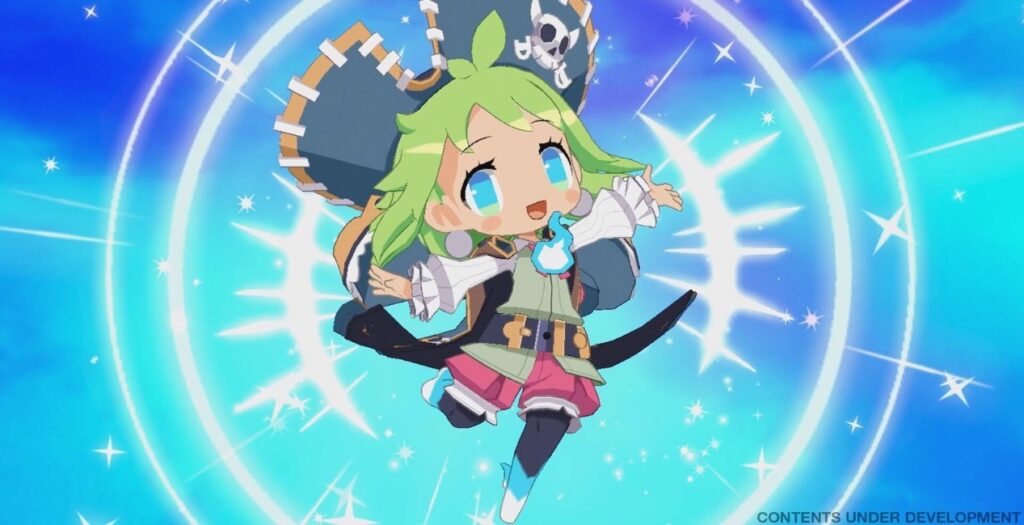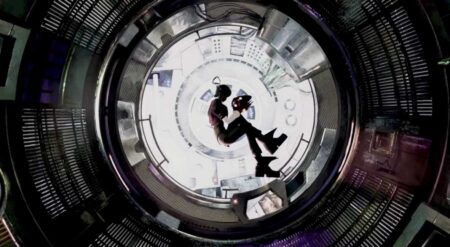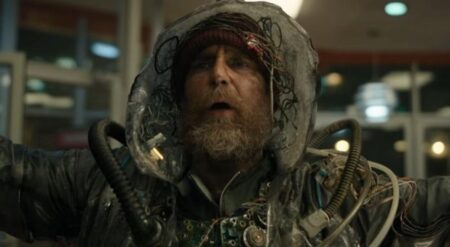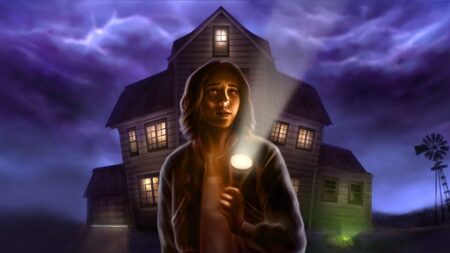Phantom Brave was originally released for the PlayStation 2 in 2004. Over two decades later, I finally had the opportunity to play the sequel, Phantom Brave: The Lost Hero. This turn-based tactical role-playing game (RPG) from Nippon Ichi Software/NIS America puts you in the shoes of Marona, a girl who can commune with the spirits of the dead, summoning them on the battlefield to act as her allies.
Phantom Brave: The Lost Hero promises quirky combat and added strategic depth, especially since you use various objects and structures on the field when spawning your companions. Likewise, given that NIS is primarily known for the Disgaea franchise, I sat down with Yuya Hosono, the Team Leader of the First Production Division, during the Tokyo Game Show. I learned about various mechanics, late-game activities, and why it took so long for the company to greenlight a proper Phantom Brave sequel.
BUT WHY THO: It’s been 20 years since Phantom Brave originally came out. Why has it taken such a long time for a sequel and why now?
YUYA HOSONO: Great question. The reason we decided to make Phantom Brave: The Lost Hero was primarily because of our yearly questionnaires. Each year, we do surveys about the fans’ favorite characters and themes. The head office initially thought that Disgaea characters would win by a landslide, but we soon realized that fans around the world would often vote for Phantom Brave characters, too.
Finally, we were asked if we’d be interested in developing another game in the Phantom Brave series, and we thought, “Yes, [with all the mechanics we could introduce], maybe now would be a good time to kind of revive the series.”
BUT WHY THO: The Disgaea series has seen over half a dozen mainline titles and numerous spinoffs, while Phantom Brave has only had re-releases over the years. Was there a specific reason why Nippon Ichi Software heavily focused on Disgaea before?
YUYA HOSONO: After Disgaea: Hour of Darkness and Phantom Brave came out, there was also another game with similar mechanics called Makai Kingdom. When we were conceptualizing future titles, the natural flow of conversation often led back to Disgaea.
However, we were aware of Phantom Brave’s popularity, as I mentioned regarding our surveys, which was why we’ve re-released the game for various platforms like the Wii, PlayStation Portable, and PC. The popularity of the game was something that we’ve always been aware of, but it just wasn’t the right time to develop a sequel until now.

BUT WHY THO: How do you envision the Phantom Brave series with this sequel–which is technically also a revival of sorts–when comparing it to the Disgaea franchise?
YUYA HOSONO: We created the game so that Phantom Brave can stand on its own as a series, alongside Disgaea. We’re thinking of the future when we could have more games that are part of the Phantom Brave franchise.
BUT WHY THO: Is the division or development team different from the one that works on Disgaea? Has this led to a bit of friendly competition?
YUYA HOSONO: *laughs–Even though the development teams are separate, it’s still a collaborative effort [within the company]. Sometimes we might ask the Disgaea team for advice, and vice versa.
BUT WHY THO: Can you tell me more about Marona? Is she different now compared to her characterization in the original game?
YUYA HOSONO: Marona’s personality and occupation are still unchanged from the first game. She’s still a Chroma, and she has the ability to connect with phantoms or spirits in the world. She’s a good person, which is why she often takes jobs out of the goodness of her heart.
BUT WHY THO: Phantom Brave is about the spirits of the dead, whereas Disgaea is about the netherworld and demons. Are there certain quirks that make these themes or characters more appealing than, say, traditional fantasy RPG concepts?
YUYA HOSONO: [My answer is primarily from a gameplay viewpoint since I’m not the story writer]. However, I feel that there’s a certain quirk that is compelling from a mechanical standpoint. Marona’s ability lets you interact with the spirits of the dead. This creates a gameplay element whereby you put spirits into items and objects to allow them to fight, whereas in a normal game you can’t really do much with dead allies. *laughs
But, because Marona has this ability, it can become thematically appealing to people, [as derived from a mechanics or gameplay standpoint].

BUT WHY THO: Over the years, we’ve seen turn-based tactical RPGs, as a genre, retain a core formula, though studios have tried their hand when coming up with refreshing ideas. Phantom Brave: The Lost Hero also utilizes these concepts, such as characters taking turns, an isometric view of the battlefield, and choosing specific abilities. What, for you, makes Phantom Brave: The Lost Hero unique compared to other games in the same genre?
YUYA HOSONO: Phantom Brave: The Lost Hero has certain core mechanics that will feel familiar to those who are well-versed in the genre, but there are several unique features. One, in particular, is how we use a radius or radial effect to denote movement range, as opposed to tiles or hexes. Another idea that we’ve carried over from the first game was how you can carry and throw both objects and characters. Doing so makes them slide or fall off the map.
This concept is something that’s not really seen in many other turn-based RPGs, so you can have a bit of fun with that to see what happens. More importantly, there’s a strategic element on how and where you want to throw this object or that character, and subsequent effects. There are also modifiers that are affected by these objects, and some are unique to certain battles.
BUT WHY THO: Will you be able to mention more details about the recruitable party members?
YUYA HOSONO: We can’t share details about all the available characters, but some of the large-scale battles can have up to 50 units.
BUT WHY THO: Can we expect a lot of late-game challenges?
YUYA HOSONO: Yes, there’s a lot near the endgame, and there are many challenges to undertake even if the game is presented as somewhat casual-friendly or approachable. For long-time fans of Disgaea, you’re going to see features like random dungeons, character reincarnation, higher degrees of difficulty, and modifiers for New Game Plus.
BUT WHY THO: How about secret bosses?
YUYA HOSONO: There’s a recurring secret boss in Disgaea called Baal, and we even included him in Phantom Brave: The Lost Hero. There are many activities that you can try to really dig into it.
After our chat, I thanked Yuya Hosono and the other members of NIS America, who were able to accommodate me for the demo and interview. Knowing that I’d be able to test different strategies alongside dozens of units, as well as the potential to take on a lot of late-game challenges, I’m certainly excited to see what’s in store for Phantom Brave: The Lost Hero.
Phantom Brave: The Lost Hero releases on January 30, 2025, for the Nintendo Switch, PlayStation 4, and PlayStation 5. It’s also expected to launch on PC via Steam in Spring 2025.



![[EXCLUSIVE] Palia Devs Dive Into Winterlights, New Tints, Lunar Paths, And More From Upcoming Patch Palia Winterlights Patch](https://butwhytho.net/wp-content/uploads/2025/12/Palia-Winterlights-But-Why-Tho-450x247.jpg)



